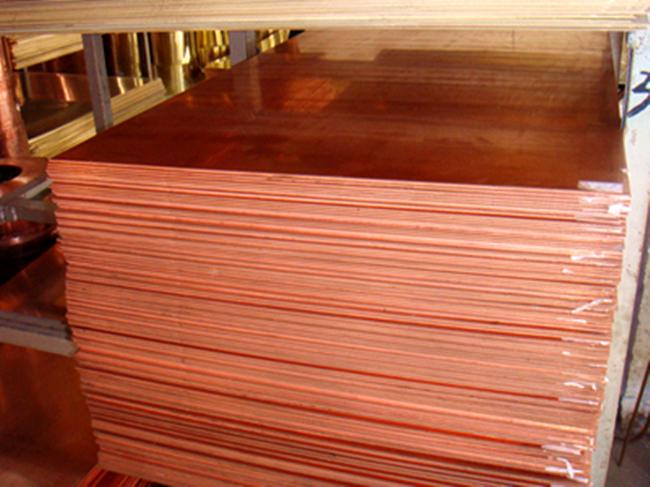Back target materials are an essential component in the sputtering process and play a crucial role in determining the performance of thin film deposition. They serve as a support for sputtering targets, absorbing and dissipating heat generated during sputtering. It is essential to choose a suitable back target material that has good thermal conductivity, stability, and compatibility with the sputtering targets.
Furthermore, it is important to know whether the back target material can be reused or not. In this article, we will discuss the commonly used back target materials in sputtering and analyze whether they can be reused or not.
Analysis of Common Back Target Materials
Oxygen-Free Copper (OFC)
Oxygen-free copper is the most commonly used back target material due to its good electrical and thermal conductivity. Moreover, OFC is also known for its ability to withstand high temperatures. With proper maintenance and care, an oxygen-free copper back target can be reused 10 times or more.
Molybdenum (Mo)
In cases where special conditions of use are required, oxygen-free copper may not serve the purpose as it can get oxidized and warped if high-temperature bonding is necessary. Therefore, molybdenum metal is used as the back target material because of its excellent thermal and electrical conductivity. Moreover, metallic molybdenum is also required as a backing material for certain ceramics and metal targets that do not have a coefficient of thermal expansion that matches oxygen-free copper.
Stainless Steel Tube (SST)
Stainless steel tubes are commonly used as a backing tube for rotating targets as they offer good strength and thermal conductivity and are very economical. They are ideal for use as a backing tube because of their resistance to corrosion and low magnetic permeability.
Can Back Target Materials be Reused?
Most back target materials can be reused, especially with metal indium for the back target, which is easier to clean and reuse compared to other materials. However, if the back target is coated with other adhesives, such as epoxy, it may be necessary to use mechanical treatment to treat the back target surface before reuse.
Conclusion
Choosing the right back target material is crucial for sputtering applications. While oxygen-free copper is the most commonly used back target material, molybdenum, and stainless steel tubes are also widely used for their unique properties.
To get high-quality sputtering targets and evaporation materials, Stanford Advanced Materials (SAM) Corporation is your best option. As a global supplier, we offer a wide range of sputtering targets such as metals, alloys, oxides, and ceramic materials, all of which have high purity. Additionally, we offer target bonding services to meet all of your needs. Visit our website at https://www.sputtertargets.net/ for more information.

